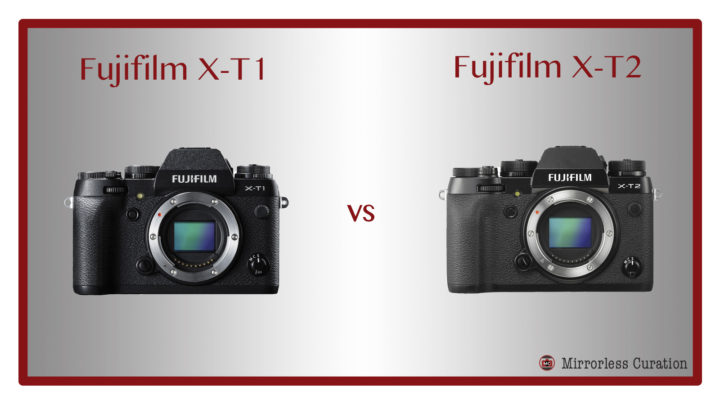
Update: our full in-depth comparison is now online at Mirrorless Comparison!
It is hard to believe that more than two years have passed since Fujifilm announced its most popular X-series camera to date, the Fujifilm X-T1. While rangefinder design of the X-Pro and X-E lines certainly caught the eye of street and documentary photographers, the X-T1 appealed to a broader audience of advanced amateurs and professionals because of its SLR-like body and centrally placed viewfinder.
Now, two months ahead of this year’s Photokina, Fujifilm has announced the camera’s successor, the X-T2, and as we had hoped, it has built upon the already-great features of the X-T1 in every possible way.
In this comparison preview, we’ll be detailing the ten main differences between the X-T1 and X-T2 according to their specifications. As always, our plan is to conduct an in-depth comparison between the two models on MirrorLessons as soon as we receive the X-T2 to test!
Ethics statement: The following is based upon official specifications and our personal experience with Fujifilm cameras. We were not asked to write anything about these cameras, nor were we provided with any sort of compensation. Within the article, there are affiliate links. If you decided to buy something after clicking the link, we will receive a small commission. To know more about our ethics, you can visit our full disclosure page. Thank you!
1. New 24.3MP X-Trans III image sensor

Let’s begin with the most significant differences between the two models, the first being the sensor.
While the X-T1 has the same 16MP APS-C X-Trans II sensor Fujifilm has been using for the past couple of years, the X-T2 has the same 24MP APS-C X-Trans III sensor found inside the X-Pro2.
Besides the added resolution, this new sensor brings its share of advantages such as a native 12800 ISO value up from 6400 ISO on the X-T1, better dynamic range, and the new ACROS black and white film simulation mode. RAW files are available at all ISO values including the extended values (pull 100 and push 25600 and 51200).
You also get a 14 bit lossless RAW option which allows you to retain the high quality of the images while reducing the file size.
2. 4K UHD video at 30fps
Unlike Panasonic and Sony, whose cameras appeal to still and video shooters in equal measure, Fujifilm has primarily attracted an audience of still photographers up until now. All this may change with the X-T2, as it is the first Fujifilm camera to shoot in 4K.
The X-T2 can record in 4K UHD at 24, 25 and 30fps at a bit rate of 100Mbps for up to 30 minutes with the vertical battery grip and 10 minutes without. It comes with a brand new flat F-Log profile (via HDMI only however) that can be graded in post-production, but there is nothing stopping videographers from experimenting with Fujifilm’s film simulation modes for video as well.
Complementing the new video capabilities is the 3.5mm microphone jack and micro HDMI port (4:2:2 8-bit), both of which are built into the camera, and the headphone jack found on the vertical battery grip.
The movie record button has also been replaced by a movie mode on the Drive dial.
All this is a big jump up from the X-T1 and its Full HD recording capabilities and maximum recording time of 14 minutes.
Below you can watch our 4K compilation video taken with the X-T2.
3. Updated hybrid autofocus system with 325 AF points
If there is one thing we can no longer say, it is that Fujifilm is lagging behind other mirrorless systems in the autofocus department. The X-T1 was already a huge step up from previous models thanks to its hybrid autofocus system and the boost it received from Firmware 4.0, and the X-T2 is the natural extension of these capabilities.

Photographer: Steve Christo
Whereas the X-T1 had 49 AF points, 9 of which were phase detection, the X-T2 has a whopping 325 AF points across the sensor with 91 phase detection points.
Another important addition is the new AF-C custom settings. Consisting of three parameters and six custom settings, it allows you to instruct the camera to perform in a specific manner depending on the movement and speed of the subject. For example, you can tell the camera that you are shooting an accelerating/decelerating subject, or a subject that might suddenly appear out of nowhere. This is easily one of the most advanced AF features seen on a mirrorless camera to date.

With the vertical battery grip attached, not only does the battery life get a boost but you can also shoot bursts of up to 11fps with the mechanical shutter. Without the grip, it has the same maximum high burst of 8fps as the X-T1. The Low burst mode has been improved from 3fps to 5fps and it gives you a real-time Live View with blackouts. Using a higher speed reduces the blackout time between shots.
4. Double SD card slot
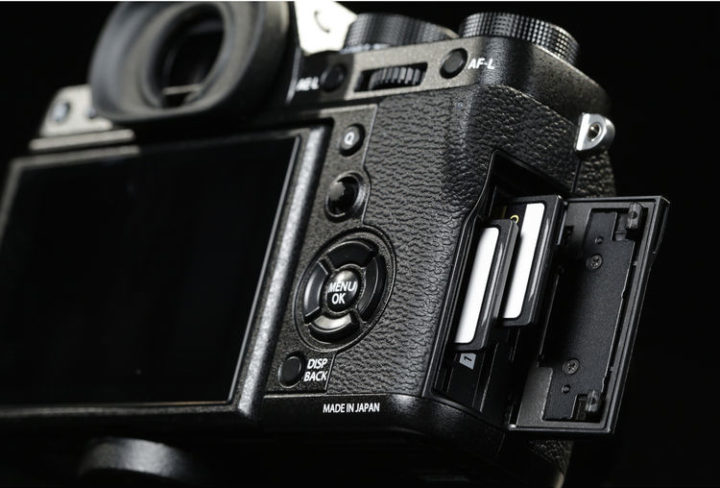
One of the reasons professional photographers give for their reluctance to switch over to a mirrorless system is the lack of a Dual SD card slot. With the X-T2 (and previously the X-Pro2), this worry has been permanently struck off the list: you can now insert UHS-II cards to a) continuously record images to the next card after the first is full, b) send JPGs to one card and RAW files to the other, or c) record the same images (RAW & JPG) to both cards to have a back-up.
The X-T1 only has one SD card slot, which isn’t a huge issue if you don’t shoot professionally but could make professional photographers, especially those who shoot one-off events like weddings, more uncomfortable.
5. 3-way tilting LCD monitor
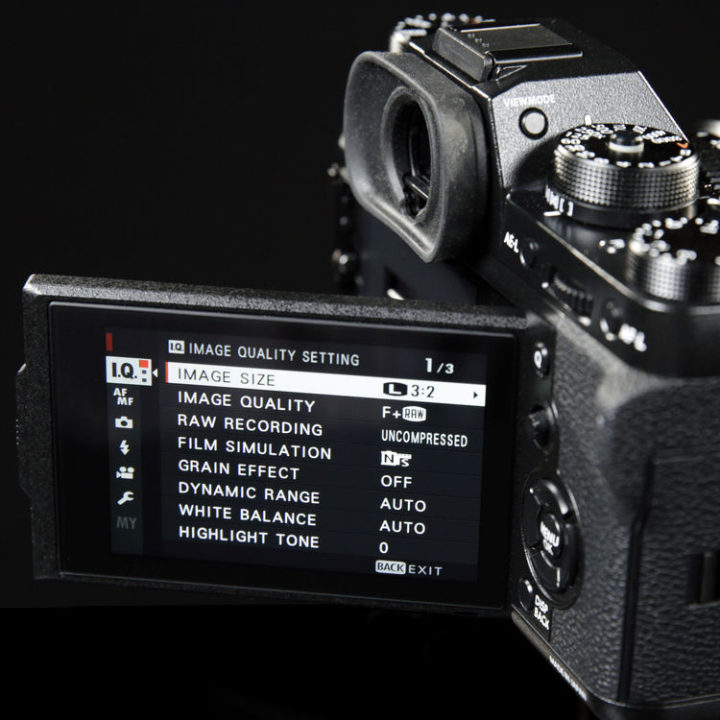
Speaking as a person who often shoots in portrait orientation, I have to say that this is one of the coolest additions to the X-T2. Unlike the X-T1, whose screen could only tilt up 90 degrees and down 45 degrees, the X-T2 literally adds a new dimension to the tilting experience: the screen now flips out to the side by 45 degrees. This means that you can now shoot in portrait orientation at awkward angles.
6. Overall usability of the body
The X-T1 was already a great camera as far as ergonomics and usability are concerned but there were a few quirks, most of which have been remedied by the X-T2.

Whereas on the X-T1 you had to assign AF to the four buttons of the D-Pad to quickly change the autofocus point, the X-T2 has inherited the AF joystick of the X-Pro2, freeing up the D-Pad for other functions. And speaking of the D-Pad, these four buttons have been raised so that they are easier to locate.
Second, the ISO and shutter speed dials have been given some extra height for an improved tactile experience. What’s more, the buttons at the centre of each dial no longer have to be pressed and held to travel through the values. Instead, they simply serve to lock or unlock the dials.
Other improvements include the enlarged grip, rear dial can be both rotated and pressed, threaded shutter release, longer eye cup, port doors with secure latches, 2.5mm socket for remote release, and a USB 3.0 port that can charge the camera and be used for faster tethering performance than the X-T1. (It will work with the Lightroom plugin.)
7. New menu system

Those who own or have tried the X-Pro2 already know that Fujifilm has completely revamped its convoluted menu system to make it much more user friendly. In fact, we’d say it is now the most approachable menu system we’ve used to date on a mirrorless camera.
While the X-T1 has the older menu system and all its quirks, the X-T2 has inherited the new menu. It is subdivided into the following categories: Image Quality, AF/MF, Shooting, Flash, Movie, Set-Up and My Menu.
The Q menu is customisable on both the X-T1 and X-T2, so it is easy to access your favourite settings on the fly.
8. Faster mechanical shutter and flash sync speed
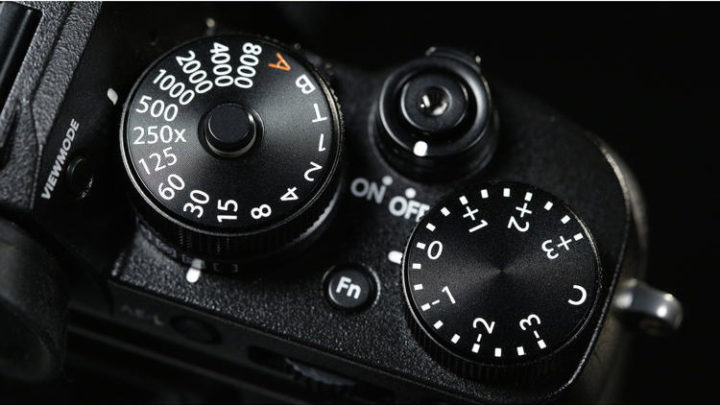
A small yet significant improvement has been made to the mechanical shutter speed, which is now 1/8000 on the X-T2 as opposed to 1/4000 on the X-T1. This increase is good news for sports and wildlife photographers who often have to shoot fast action, as it means they can use a faster aperture even in bright conditions. However, the speed of the electronic shutter remains unchanged at 1/32000. Interestingly, you can now shoot up to 14fps with the electronic shutter activated.
Also improved is the flash sync speed, which is now 1/250 on the X-T2 up from 1/180 on the X-T1.
9. Vertical battery grip (VPB-XT2)
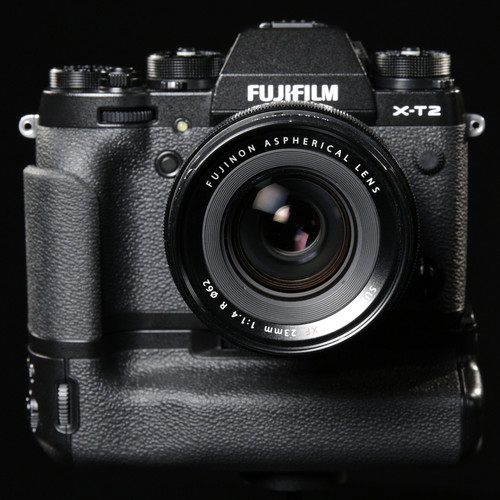
It’s true that the VPB-XT2 vertical battery grip is technically an optional accessory but it is being marketed by Fujifilm as a must-have component if you want to get the most out of the X-T2.
The new grip houses two extra batteries that work in tandem with the camera’s battery to enhance the performance of the camera. By contrast, the VG-XT1 battery grip only hosts one battery. By turning the switch on the grip from Normal to Boost, you get access to significant improvements, some of which have already been mentioned above:
- the possibility to shoot around 1000 frames before having to recharge
- up to 30 minutes of recording in 4K
- 11fps burst in high mode (mechanical shutter)
- 14fps burst in high mode (electronic shutter)
- access to all the important buttons and dials in portrait orientation
- headphone jack
- 9v input to charge both batteries simultaneously with the supplied AC adapter
The new grip also has a few extra buttons in comparison to the VG-XT1 including the AF Joystick and the Q button.
Keep in mind that the X-T2 comes with the new NP-W126S battery. It is the same size as the original NP-W126 but seems to be more energy efficient.
10. Price
As with any new model and its successor, there is always the differences in price to consider, though in this case it isn’t abyssal.
The new X-T2 has been priced at $1,599 USD, about $300 more than the current price of the X-T1. Of course, you can always find good deals on the X-T1 second-hand.
You may also be interested in the following articles:
- The 10 Key Differences Between the Fujifilm X100S and X100T
- Fujifilm X-Pro1 vs X-Pro2: all the key differences
- Fujifilm X70 vs Ricoh GR II – All the key differences
Conclusion
Something I often like to remind people is: just because a new model has been announced doesn’t suddenly mean that its predecessor is a bad camera.
I feel this statement rings very true for the X-T1 and X-T2. Professionals and advanced amateurs have been using the older model quite successfully for a variety of genres, including sports and wildlife, even before firmware 4.0 was released. Sure, it isn’t the fastest, most powerful camera out there, but you have to ask yourself: do I really need all the latest features to take great photographs?
For many of you (myself included), that answer will be no. My feeling is that the X-T2 belongs in the hands of someone who shoots action on a daily basis; someone who will see tangible benefits from the updated AF system.
I would also say that it is an interesting option for hybrid photographers who do equal amounts of still and video work. Never before has Fujifilm’s gorgeous colour palette been accessible for high quality video use and I can see many video shooters pouncing on the opportunity.
Check the Fujifilm X-T2 price at B&H Photo
As soon as we get our hands on an X-T2, we will make every effort to compare it to our X-T1 on MirrorLessons, as well as other mirrorless models such as the Fujifilm X-Pro2 and Sony a6300. In the meantime, we invite you to read the following reviews and previews:
- Fujifilm X-T2 preview with video overview by CameraLabs
- Full Fujifilm X-T2 review by Dan Bailey
- Fujifilm X-T2 Review by Kevin Mullins
Today’s coverage:
X-T2 announcement – X-T1 vs X-T2 – X-T2 sample images
